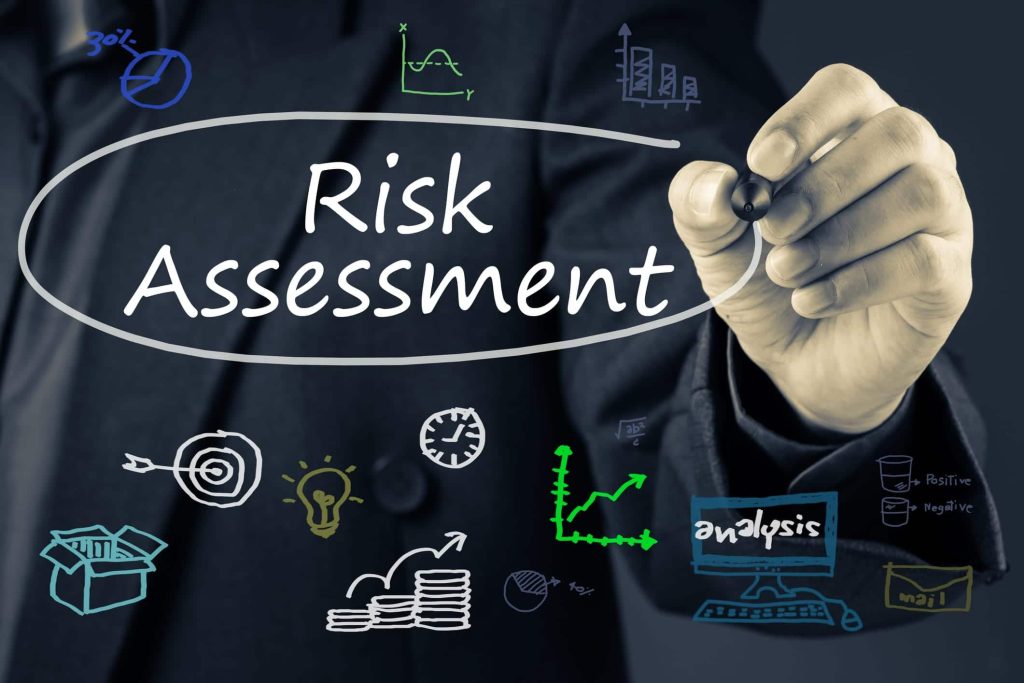
- IT risk assessment frameworks help organizations evaluate risks such as cybersecurity threats and outages, providing structured ways to mitigate them.
- Popular frameworks like COBIT, FAIR, ISO/IEC 27001, NIST RMF, OCTAVE, and TARA offer different approaches tailored to various sectors. They focus on governance, quantifying risk, and integrating security into system development.
- Choosing the right framework depends on an organization’s needs, but each provides methodologies to align IT risk management with business goals and regulatory compliance.
IT risk assessment frameworks are critical tools that enable organizations to systematically evaluate and mitigate risks tied to their technology infrastructure, ensuring cybersecurity and compliance. These frameworks are designed to address specific aspects of IT risk, such as data breaches, outages, and regulatory violations, by providing a structured methodology to identify, assess, and mitigate threats. As the digital landscape grows more complex, implementing these frameworks becomes essential for businesses seeking to secure their systems and align their IT strategies with business goals.
Some of the most widely used frameworks include COBIT, which emphasizes IT governance and aligns technology management with business objectives; FAIR, which quantifies risks in financial terms, making it useful for balancing security spending with potential impacts; and ISO/IEC 27001, a global standard for managing information security through a holistic approach that covers people, policies, and technology. Each framework offers unique benefits, such as COBIT’s flexibility in governance, FAIR’s focus on risk quantification, and ISO/IEC 27001’s structured risk management system.
Other notable frameworks, such as NIST RMF, OCTAVE, and TARA, focus on specific areas of risk management. NIST RMF integrates security and risk management into system development, while OCTAVE evaluates organizational risks, emphasizing critical assets. TARA, on the other hand, identifies and mitigates cybersecurity vulnerabilities by assessing threat vectors. Organizations can select the best framework based on their specific requirements, helping to build resilient systems and ensure compliance with evolving regulatory landscapes.


Leave a Reply
You must be logged in to post a comment.